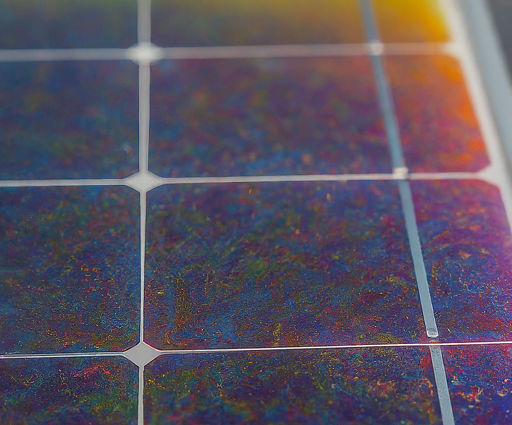Solar panels are getting a potential upgrade! Researchers at Lehigh University are developing a new type of solar cell that can squeeze more energy out of sunlight. This innovative design goes beyond just capturing direct sunlight, but can also harvest reflected light and heat.

The secret lies in “external quantum efficiency (EQE)”. ‘Quantum efficiency (QE)‘ is defined as the number of electrons out per incident photon. There are two types of quantum efficiency: internal and external,” they explain. “The external quantum efficiency (EQE) includes the reflection losses of the solar cell. The internal quantum efficiency (IQE) is corrected for the optical losses due to reflection at the front of the solar cell.

Traditional solar cells reach a maximum EQE of 100%, meaning they generate one electron for each absorbed photon of sunlight. However, Professor Chinedu Ekuma’s team has achieved a breakthrough – their new solar cell boasts an EQE of 190%!
In order to leap to 190% the team took a two-dimensional compound of germanium selenide and tin sulfide and stuffed it with atoms of zerovalent copper, referring to a nanoscale form of copper commonly used in environmental remediation.
“It’s a promising candidate for the development of next-generation, high-efficient solar cells, which will play a crucial role in addressing global energy needs

This doesn’t defy the laws of physics. The key is in how the cell utilizes high-energy photons. By employing advanced materials and configurations, the cell can generate multiple electrons from a single high-energy photon, pushing the EQE beyond the traditional 100% limit.
While conversion efficiency (the actual electricity produced) is a different measure, this significant leap in EQE paves the way for far more efficient solar power generation in the future.
Reference- Lehigh University Media Outreach, Interesting Engineering, Clean Technica, PV Magazine






